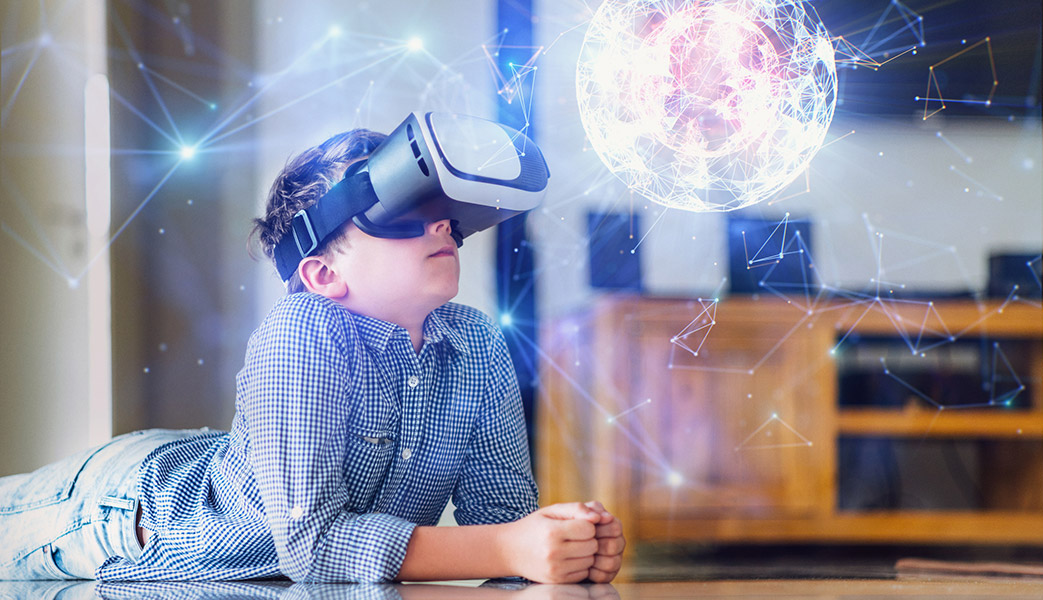The world needs more scientists, and we need to encourage young people around the world to study STEM (science, technology, engineering, mathematics) subjects. So, I was thrilled to stumble across an excerpt from a TEDx talk at CERN on a technology called Labster. It uses Virtual Reality to transport you into a science lab, making many very expensive pieces of lab equipment accessible in VR. Students can experiment without risk and at minimal cost, and can repeat procedures as many times as they like.
Of course, the downside is that this isn’t “real” science, in the sense that all the responses in the simulated lab are simulated. Real science will involve doing things that haven’t been done before, and also making mistakes and stumbling onto discoveries through trial and error (mainly error). But that’s not a criticism of Labster, which is most definitely a wonderful tool to fast track young scientists through the early stages of their education and development.
VR is definitely going to revolutionise education in the next five years. We need to embrace it, and be prepared to find the money to create VR labs in schools and universities around the world. Singularity U wrote about this late last year, saying the following:
- “…Education has long been talked about as a promising application for immersive virtual reality, but much of the focus has centered on what might be called ‘exposure education’ — VR experiences that merely show you stuff. … [But now] VR can help us actually learn how to do stuff. With VR, users can learn by doing. And that’s a big deal. Learning in this way may be far more effective than anything else out there.
At its core, virtual reality is a powerful interface because it leverages three-dimensional space. That means navigating a computational environment can now involve using our hands in an intuitive way, just like we might in the real world. The e-learning platforms of today often involve two-dimensional videos and mouse cursors navigated over diagrams on a flat screen. … Using VR to train, as opposed to heads-up instructions from an augmented reality system, has the added benefit of providing access to resources most people would never have. …
Imagine learning to cook your favorite dish in VR without having to go to the grocery store or worry about cleaning up a mess, and you can practice over and over until you think you have it ready. Cookbooks are themselves a $4 billion global industry, and VR could eat into the market for cooking schools and begin replacing the countless how-to videos on YouTube.
As more VR companies like Labster and Tribe experiment in this area, expect VR to unlock the human capacity for learning by doing.”
PS, 2018 is going to be a BIG year for VR, with many of the top VR companies already announcing major new releases and upgrades to their existing systems. Read more about this here, in this excellent Fast Company analysis of what to expect in 2018.



